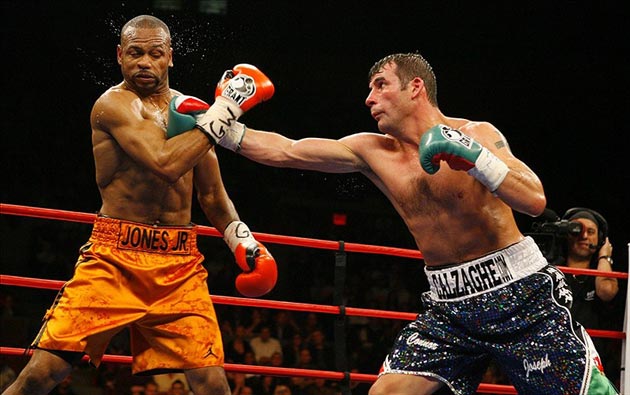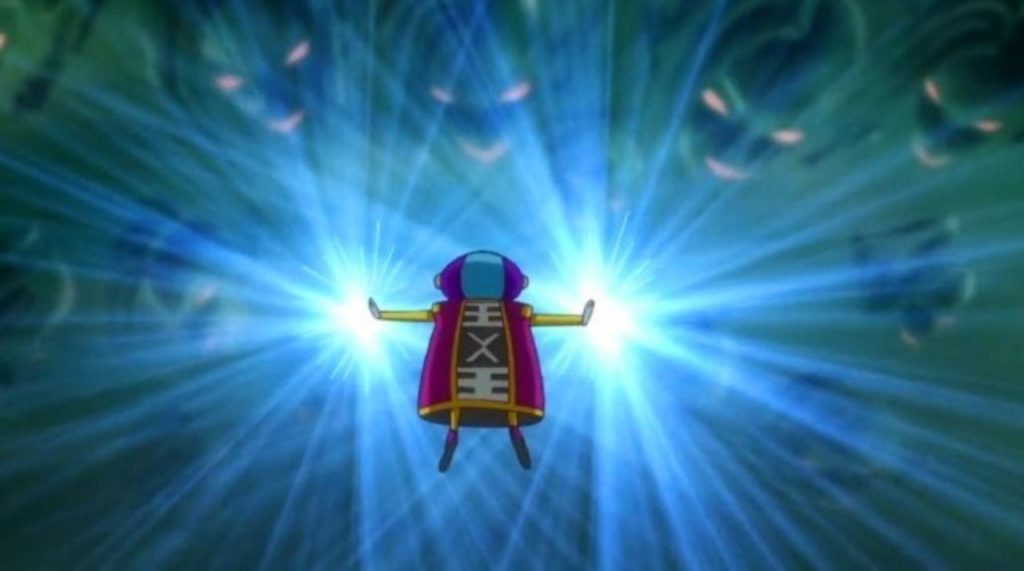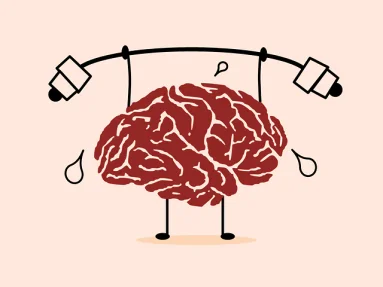Why are left-handers People Called “southpaws”?
:
In boxing and some other sports, a southpaw stance is where the boxer has the right hand and the right foot forward, leading with right jabs, and following with a left cross right hook. It is the normal stance for a left-handed boxer. The corresponding boxing designation for a right-handed boxer is orthodox and is generally a mirror image of the southpaw stance. In American English, "southpaw" generally refers to a person who is left-handed.
While the term southpaw officially applies to any left-handed person, you probably hear it most often in baseball, where left-handedness can really impact a player’s game (for better or worse).
It’s generally assumed that the term originated within the sport—a theory that's supported by this pretty convincing origin story: During the 19th century, baseball diamonds were built so that batters faced east, away from the setting sun. Pitchers faced west, which meant a left-handed pitcher threw with the arm on the south side of the mound. (That doesn’t address where paw came from, though it’s been used to mean hand since at least the 15th century.)
There are two problems with this explanation. First, as History.com points out, plenty of professional baseball stadiums didn’t follow this directional orientation. Of course, one could easily argue that southpaw may have been coined at a stadium that did—like Chicago’s West Side Park—and then simply caught on throughout the sport.
But that brings us to the second problem with southpaw’s apocryphal inception. The earliest known written use of the word didn’t come from baseball; it came from a June 1813 issue of a satirical Philadelphia newspaper called The Tickler, which mentions a “right paw” and a “south paw.” Baseball, for reference, didn’t officially begin until 1846.
Southpaw is of obscure origin. A popular theory holds that it comes from the onetime position of ballparks in relation to the sun. Supposedly, late 19th-century ballparks were laid out so that the pitcher looked in a westerly direction when facing the batter. The throwing arm of a left-handed pitcher would then be to the south-hence the name southpaw. This theory of its origin is undermined, however, by the fact that the original use of southpaw does not involve baseball at all. Rather, the term was used as early as 1848 to describe, simply, the left hand or a punch or blow given with the left hand. Today, we often use southpaw as a good-natured term for a left-handed person, but the word is sometimes viewed as stigmatizing by left-handed people.
Southpaw showed up again in Philadelphia in an 1848 political cartoon poking fun at the presidential race. Democratic candidate Lewis Cass delivers a left-handed blow to Zachary Taylor, while a black-eyed Millard Fillmore lies on the ground muttering, “Curse the Old hoss, wot a southpaw he has given me!”
A political cartoon believed to have been drawn by E. F. Durang. (Zachary Taylor won, by the way.) ABEL & DURANG, LIBRARY OF CONGRESS PRINTS AND PHOTOGRAPHS DIVISION // NO KNOWN RESTRICTIONS ON PUBLICATION
The first known reference to a baseball southpaw came 10 years later, in an 1858 New York Atlas article about a batter who “let fly a good ball into right field.” According to The Wall Street Journal language columnist Ben Zimmer, southpaw didn’t really become popular in baseball until the 1880s. Before that, it was more commonly used to describe a left-handed boxer or left-handed punch—much like Cass’s jabs in the cartoon.
In short, it doesn’t seem likely that southpaw originally described left-handed baseball pitchers, or even left-handed baseball players at all. There’s a slightly better chance that the term started in a boxing ring, and that the combative nature of that sport could help explain how the animalistic paw came into play. But without baseball diamonds, how did south end up associated with left? Major League Baseball’s official historian John Thorn thinks it’s related to the once-popular belief that left-handedness was a sign of evil. “North is the direction for heaven, south the direction for hell,” Thorn told Zimmer. “North and right are on the side of the angels. South and left are on the side of the devils.” If that theory is correct, we’re probably lucky people decided to go with southpaw instead of devilpaw.
While the term southpaw officially applies to any left-handed person, you probably hear it most often in baseball, where left-handedness can really impact a player’s game (for better or worse).
It’s generally assumed that the term originated within the sport—a theory that's supported by this pretty convincing origin story: During the 19th century, baseball diamonds were built so that batters faced east, away from the setting sun. Pitchers faced west, which meant a left-handed pitcher threw with the arm on the south side of the mound. (That doesn’t address where paw came from, though it’s been used to mean hand since at least the 15th century.)
There are two problems with this explanation. First, as History.com points out, plenty of professional baseball stadiums didn’t follow this directional orientation. Of course, one could easily argue that southpaw may have been coined at a stadium that did—like Chicago’s West Side Park—and then simply caught on throughout the sport.
But that brings us to the second problem with southpaw’s apocryphal inception. The earliest known written use of the word didn’t come from baseball; it came from a June 1813 issue of a satirical Philadelphia newspaper called The Tickler, which mentions a “right paw” and a “south paw.” Baseball, for reference, didn’t officially begin until 1846.
Southpaw is of obscure origin. A popular theory holds that it comes from the onetime position of ballparks in relation to the sun. Supposedly, late 19th-century ballparks were laid out so that the pitcher looked in a westerly direction when facing the batter. The throwing arm of a left-handed pitcher would then be to the south-hence the name southpaw. This theory of its origin is undermined, however, by the fact that the original use of southpaw does not involve baseball at all. Rather, the term was used as early as 1848 to describe, simply, the left hand or a punch or blow given with the left hand. Today, we often use southpaw as a good-natured term for a left-handed person, but the word is sometimes viewed as stigmatizing by left-handed people.
Southpaw showed up again in Philadelphia in an 1848 political cartoon poking fun at the presidential race. Democratic candidate Lewis Cass delivers a left-handed blow to Zachary Taylor, while a black-eyed Millard Fillmore lies on the ground muttering, “Curse the Old hoss, wot a southpaw he has given me!”
A political cartoon believed to have been drawn by E. F. Durang. (Zachary Taylor won, by the way.) ABEL & DURANG, LIBRARY OF CONGRESS PRINTS AND PHOTOGRAPHS DIVISION // NO KNOWN RESTRICTIONS ON PUBLICATION
The first known reference to a baseball southpaw came 10 years later, in an 1858 New York Atlas article about a batter who “let fly a good ball into right field.” According to The Wall Street Journal language columnist Ben Zimmer, southpaw didn’t really become popular in baseball until the 1880s. Before that, it was more commonly used to describe a left-handed boxer or left-handed punch—much like Cass’s jabs in the cartoon.
In short, it doesn’t seem likely that southpaw originally described left-handed baseball pitchers, or even left-handed baseball players at all. There’s a slightly better chance that the term started in a boxing ring, and that the combative nature of that sport could help explain how the animalistic paw came into play. But without baseball diamonds, how did south end up associated with left? Major League Baseball’s official historian John Thorn thinks it’s related to the once-popular belief that left-handedness was a sign of evil. “North is the direction for heaven, south the direction for hell,” Thorn told Zimmer. “North and right are on the side of the angels. South and left are on the side of the devils.” If that theory is correct, we’re probably lucky people decided to go with southpaw instead of devilpaw.











